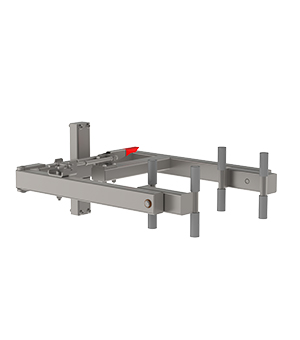Manual Manipulators
Manual Manipulators
Manual manipulators are lifting tools that in themselves can be turned, swung or otherwise moved by hand to help position the load. Using intelligent design, the effort needed to manipulate the load can be kept at a minimum.
Manual manipulators allow the user the advantage of a tactile sense of the load while positioning it. These solutions require that the user has easy access to the lifting tool when the load must be manipulated. In cases where this is not possible, e.g. lifting to a height were access is restricted, electrical manipulators are preferred. In some cases, electrical manipulators also offer the advantage of manipulating the load faster. For an overview of our electrical manipulators, see here.
For an overview of our manual manipulators, see below:











